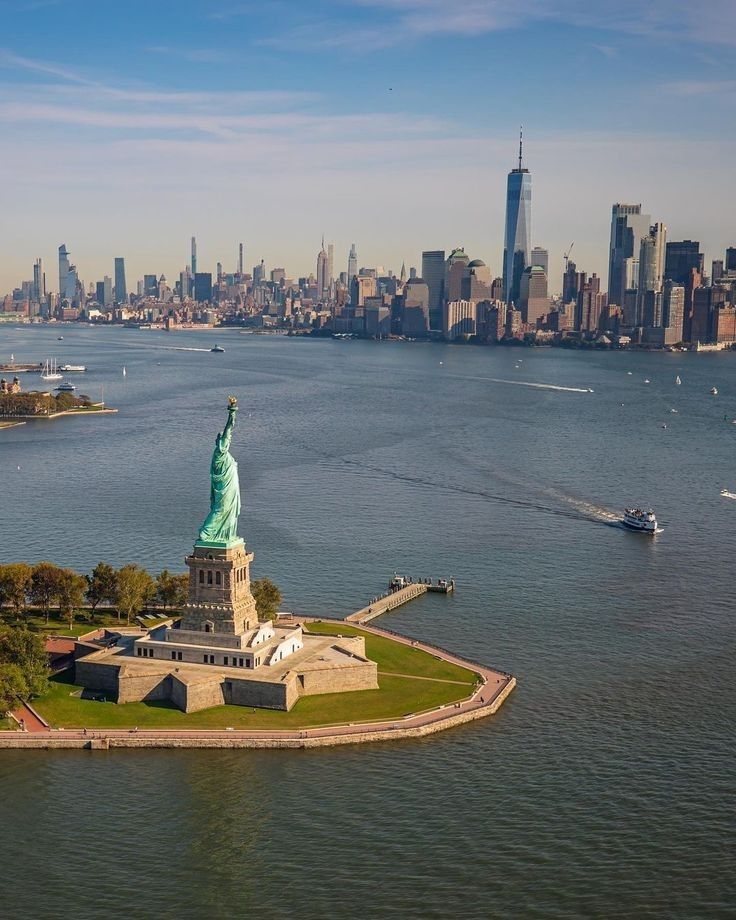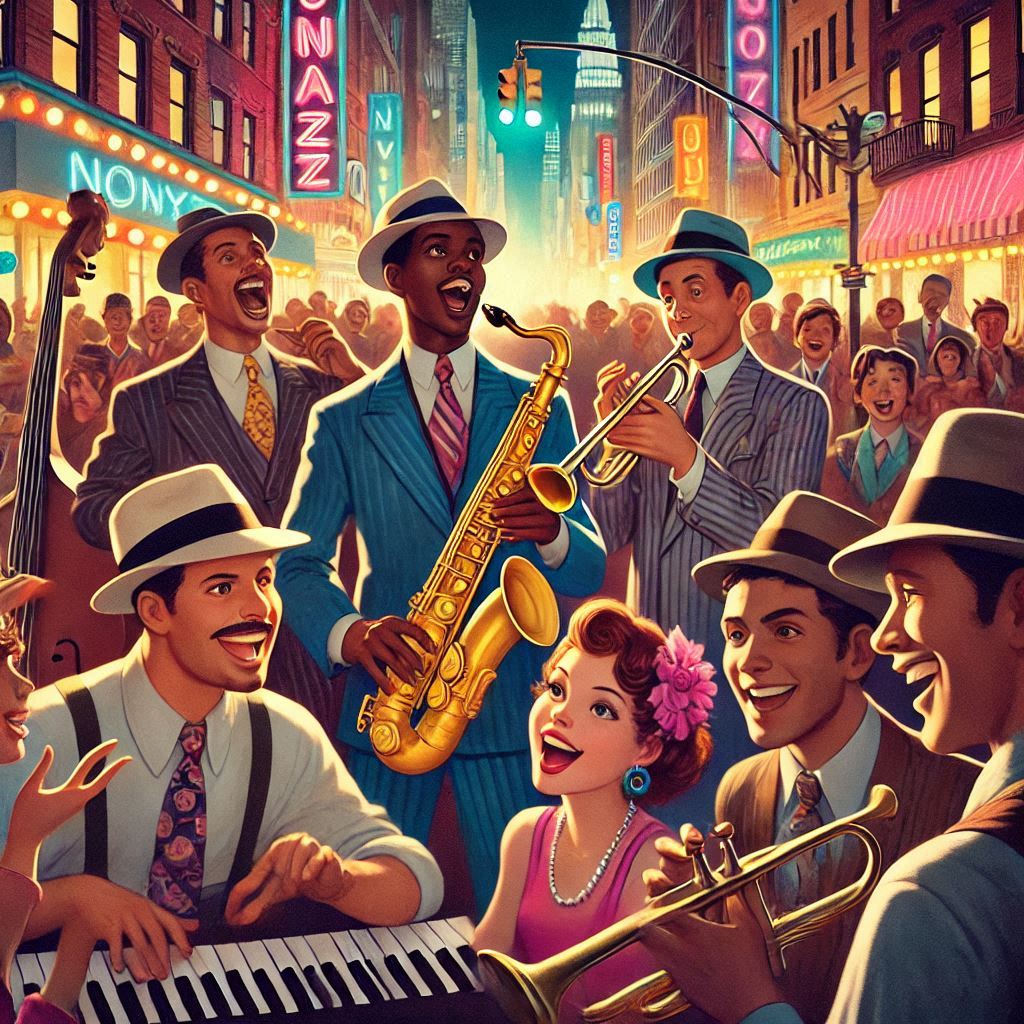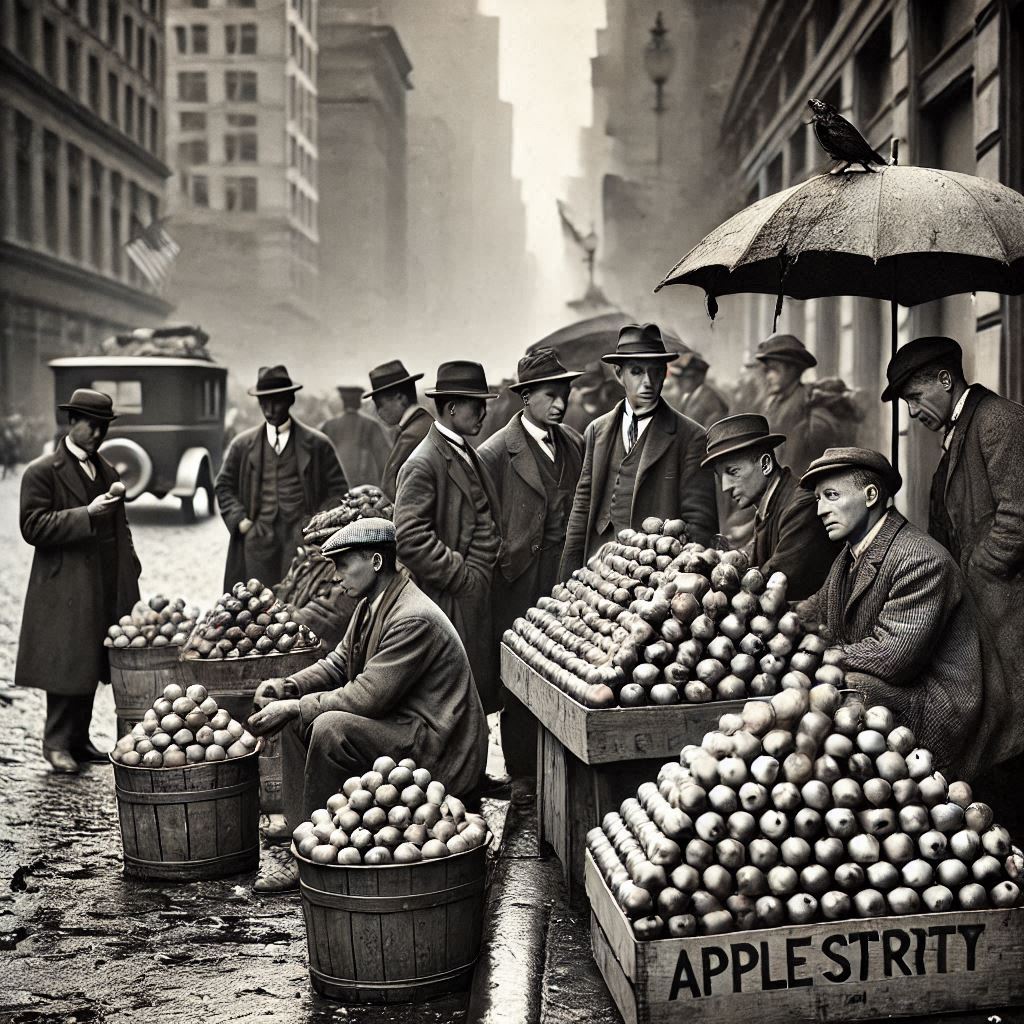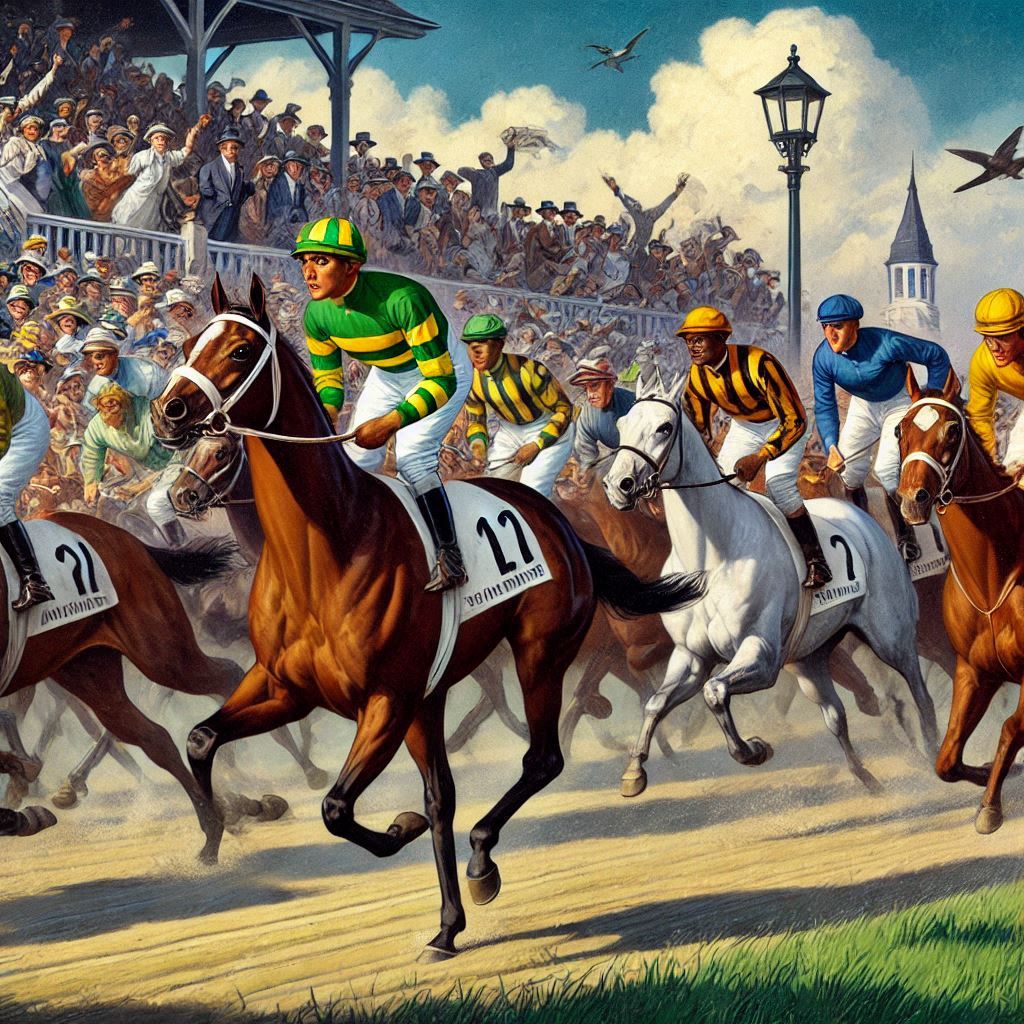New York City isn’t just famous for its skyscrapers and pizza—it’s also known as The Big Apple. But have you ever wondered where this iconic nickname comes from?
You’ll often spot references to “The Big Apple” around the city—on street signs, souvenirs, and even public art. While it’s a well-known nickname today, its origin is a bit of a mystery. Let’s dive into the most popular theories behind this juicy moniker.

Theory 1: A Jazz Connection
One theory suggests the nickname started in the 1930s, thanks to jazz musicians. Legend has it that a jazz singer, while flying back to New York after a performance, described the city as a “big apple” when he saw its sprawling skyline from above. The term stuck, symbolizing New York as a place full of opportunities—like reaching for a ripe, delicious apple.

Theory 2: The Great Depression Apple Sellers
Another story traces the nickname back to the Great Depression of 1929. During this tough economic period, unemployed workers turned to selling apples on New York’s streets to make ends meet. Apples became a symbol of resilience and survival in the city.

Theory 3: Horse Racing and the Northern Track
A less romantic—but still plausible—theory points to horse racing. In the early 1900s, a racetrack in upstate New York was nicknamed “The Big Apple.” Jockeys and trainers eventually brought the term to the city, and it became associated with the energy and excitement of New York.

Why It Stuck
Regardless of which story is true, the nickname Big Appleperfectly captures New York’s essence—a city of big dreams, endless opportunities, and unshakable spirit.
Next time you hear someone mention “The Big Apple,” you’ll know there’s more to the name than just fruit!